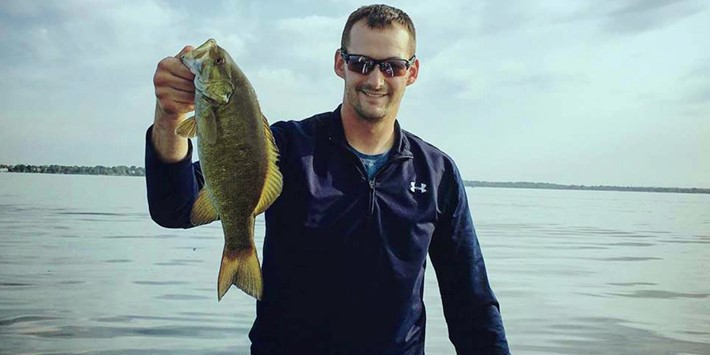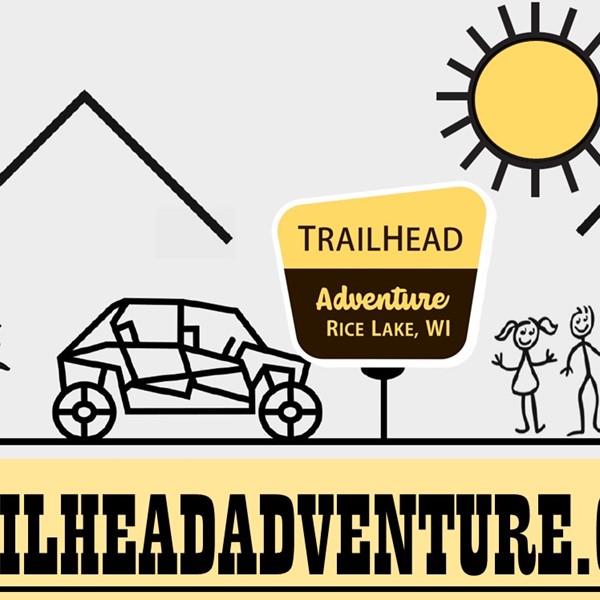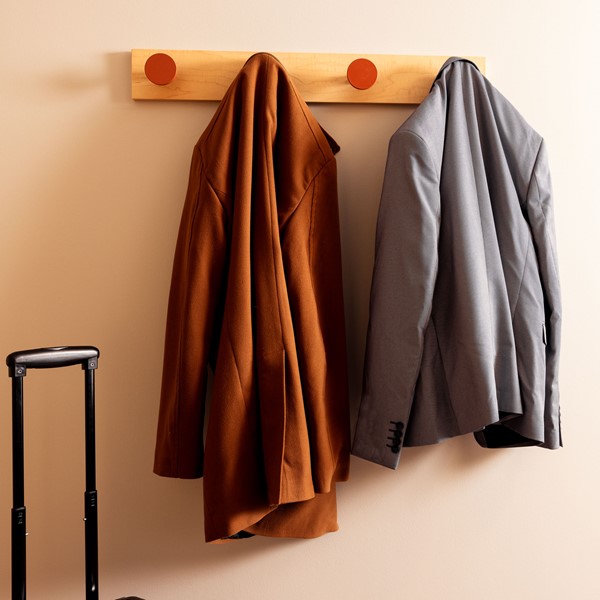
Best Places to Fish in Wisconsin: Lake Monona
By Jon Giacalone
Fishidy
Lake Monona is located in south central Wisconsin, with the cities of Madison and Monona bordering the lake. Vegetation is abundant along much of the shoreline, offering excellent habitat for fish, and opportunities for shore anglers. Despite the metropolitan setting, there are several public parks that are very accessible for shore anglers.
Several species make spawning runs to the Yahara River, including white bass, crappie, northern pike and walleye. Northern pike tend to concentrate spawning near Upper Mud Lake. Spring water levels can affect the movement to these areas.
Interestingly, in recent years, the Capital City Chapter of Muskies Inc. provided a stocking of 700 Leech Lake (Minnesota) strain muskie into the lake. Additional stocking of muskie occurs depending on the amount of muskie available from hatcheries.
The lake is highly used for many recreational activities as well. As a very large, open body of water, heavy winds and heavy recreational use can create large unpredictable waves on the lake. Take caution when operating smaller watercraft on the lake.
The Wisconsin DNR regulates the lake’s fishery through harvest regulations and stocking efforts. Check the current DNR fishing regulations for size requirements and daily bag limits.
Interactive Lake Map
Here are some tips for locating and catching fish on Lake Monona:
- Following the short spawn, perch can be found on weedlines from late spring through summer. Vertically jig small 1/32-ounce jigs tipped with spikes, waxworms, hellgrammites, willyworms (a local favorite) and plastic tails on the 10- to 14-foot weed edges. Red, purple and chartreuse jigs work well.
- Early spring can produce a good spawn bite for crappie. Work emerging weed edges in Yahara Park and Wiicawak Bay. Rock piles in Wiicawak Bay will produce crappie as well. Flatline drifting, and casting tube jigs in red and white, purple and white, and chartreuse combinations tipped with minnows all work well.
- Spring and summer walleye are typically found along weed edges. Fish the outside edge of the weeds with slip bobber rigs and live bait. Walleye will feed along the edges especially adjacent to drop-offs. Leeches and minnows are the most popular choice for live bait.
- Northern pike move to the shallow water areas with vegetation in spring. The shallow water provides warmer temperatures as well as an abundance of prey. The clear water will allow some northern pike to be sight-fished. Concentrate on weed edges that provide good ambush cover. Small bucktails and large bass spinners in bright colors work well. Husky jerks in firetiger and perch simulate natural prey for northern pike.
- Piers produce the most early summer largemouth bass. A variety of techniques will lure largemouth bass from underneath the piers. Crankbaits work along the edge, while jig n’ pigs, pre-rigged worms and spinnerbaits are some tackle to try near piers. Be aware, many piers are privately owned and it's important to be courteous in their space.
 Fishidy.com is the premier map-based, social network for anglers. The online community gives anglers the ability to record and track their on-the-water experiences and view detailed fishing maps on over 8,000 bodies of water.
Fishidy.com is the premier map-based, social network for anglers. The online community gives anglers the ability to record and track their on-the-water experiences and view detailed fishing maps on over 8,000 bodies of water.
Deals










